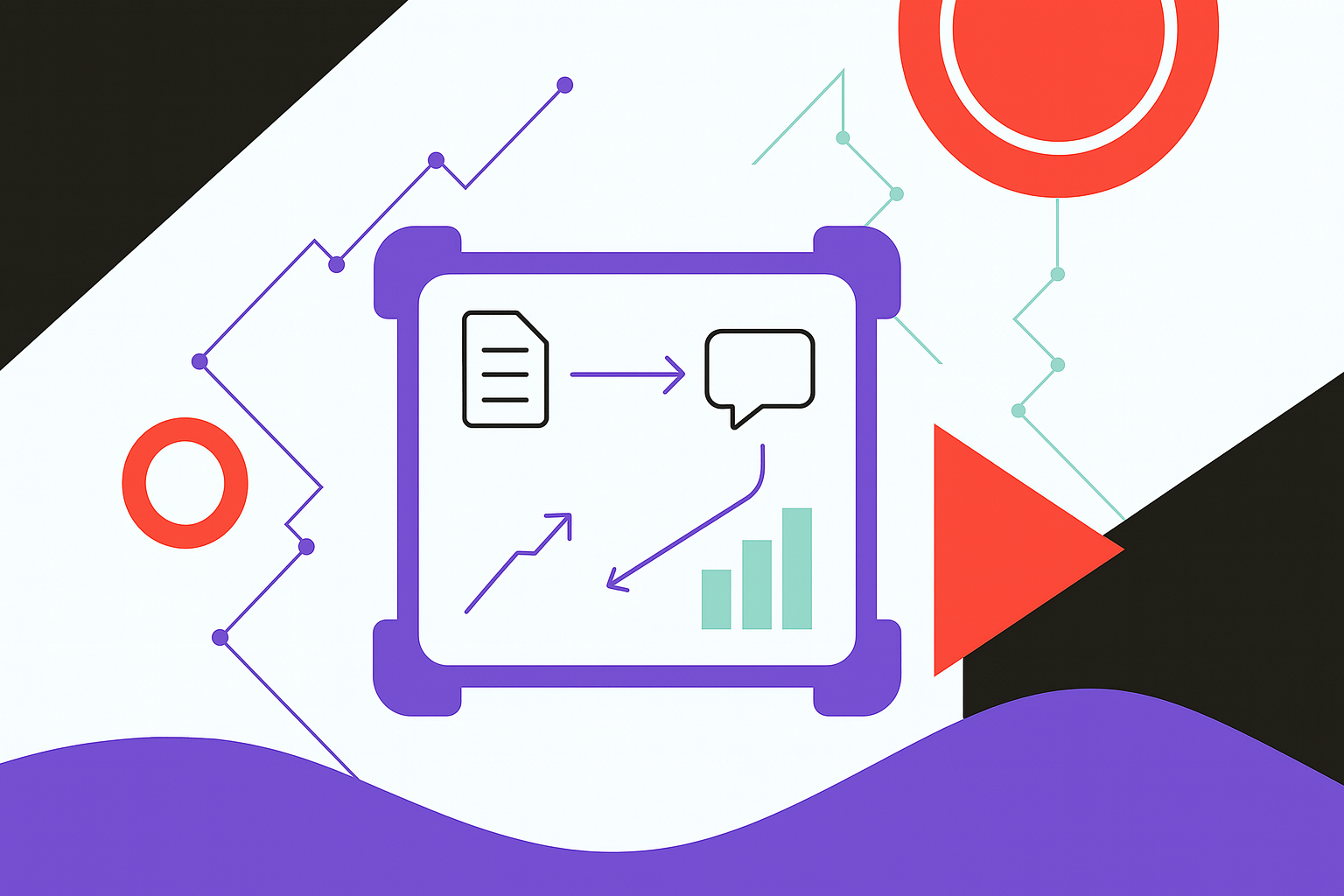Most companies still treat content as a marketing output. Something to fill the blog, feed the social calendar, or maybe boost SEO rankings. But high-growth teams don’t think that way. They’ve made a mindset shift:
Content isn’t just a function. It’s infrastructure.
And like any good infrastructure, it exists to support the business – consistently, reliably, and with impact. That’s where the idea of a revenue-generating content engine comes in.
What’s the difference between output and operations?
In a traditional setup, content gets created in bursts. You launch a campaign, run a few ads, write a whitepaper, and hope something sticks. But when content is treated as infrastructure, it becomes systematic, closer to how an editorial team runs it, with set themes, deadlines and publishing dates.
This kind of engine isn’t about flooding your blog. It’s about turning sales insights into usable assets. It supports every stage of the customer journey and evolves with your business. When a new competitor launches or a key product feature drops, your engine doesn’t wait until next quarter – it responds that week.
How does a content engine drive revenue?
Too many teams focus on engagement metrics like likes, clicks and views. But a true content engine supports sales with messaging and proof points, fills the gaps in the buyer journey, accelerates deals by removing friction, and builds credibility by showing up consistently.
When content assets align tightly with how deals are made – not just how marketing wants to talk – the impact is measurable. All of a sudden, metrics like **sales-qualified leads, time-to-close, and influenced pipeline** become just as important as the more traditional marketing metrics people (for good reasons) refer to as “vanity metrics.”
Why does content velocity matter in B2B growth?
Velocity isn’t just about pushing out more posts — it’s about staying relevant and moving faster without losing quality. It means publishing with purpose and creating momentum that moves deals forward.
When you treat content like a system, not a campaign, you unlock velocity without losing control. You gain rhythm (a sustainable cadence), relevance (content rooted in real signals), and resilience (a system that keeps working even when someone’s out on holiday).
How can AI scale your content engine without losing control?
Embedded AI agents can transform your content system — but only if you set them up with strategy, not shortcuts.
Think of AI as an enabler, not a replacement. When integrated thoughtfully, agents give you leverage where it matters most: reducing manual work, surfacing insights faster, and helping you maintain velocity without losing voice.
Here’s how to make that work in practice:
Start with signal, not content. Use agents to scan sales calls, market chatter, and product updates — then group those into strategic themes.
Map angles before drafting. Let agents propose hooks, formats, and proof points before a single word is written.
Use a brand agent. Train a model to enforce tone of voice, value props, and messaging guardrails — so every draft stays on-brand.
Deploy writing agents last. They’re not your starting point, they’re your scale lever. Use them to draft and repurpose, not to define.
Set up correctly, AI becomes the backbone of your content engine — always-on, insight-driven, and built to scale. And when that happens, content doesn’t just get done faster. It gets done better.
And that’s when it stops being a side project, and starts driving pipeline.







